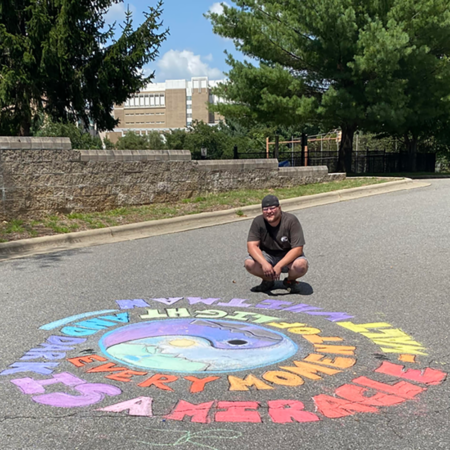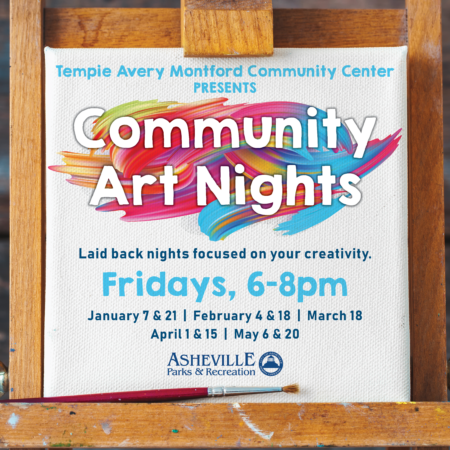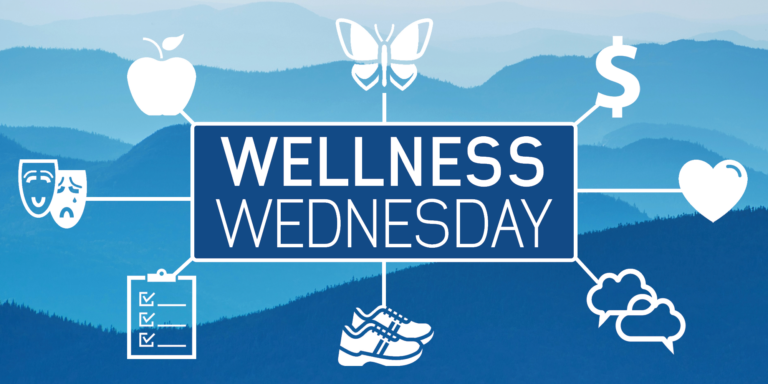Some people want to drive faster when they’re in a red car. Blue light helps others stay alert. Longer periods of darkness during winter months leads to seasonal affective disorder for some individuals. While you may have heard similar claims about the effects of different colors on the mind and body, is there any scientific evidence to support them?
 From pink sunsets above the Blue Ridge Mountains to the emerald water of the French Broad flowing towards an endless sky of white clouds, our world is filled with colors. Like smell or sound, the way we experience color through sight is complex. Light sensitive cells known as cones in the retina at the back of the eye send signals primarily to an area of the brain known as the visual cortex, where visual images we see are formed. Other retinal cells respond to light by sending signals mainly to a central brain region called the hypothalamus which is largely responsible for a number of hormones that control many aspects of the body’s self-regulation – including temperature, sleep, and hunger. (This is a very simplified explanation, by the way!)
From pink sunsets above the Blue Ridge Mountains to the emerald water of the French Broad flowing towards an endless sky of white clouds, our world is filled with colors. Like smell or sound, the way we experience color through sight is complex. Light sensitive cells known as cones in the retina at the back of the eye send signals primarily to an area of the brain known as the visual cortex, where visual images we see are formed. Other retinal cells respond to light by sending signals mainly to a central brain region called the hypothalamus which is largely responsible for a number of hormones that control many aspects of the body’s self-regulation – including temperature, sleep, and hunger. (This is a very simplified explanation, by the way!)
Before you buy new clothes, repaint your home or office walls, or serve your next meal, you may want to think about how color can change your mood. According to Gabriela Pichardo, MD, researchers have made the following connections:
Memory: If there’s lots of red around, you’re more likely to recall negative words. Green, on the other hand, tends to make you hold on to positive ones.
Internal Clock: Circadian rhythm out of whack? Studies show blue has the biggest positive effect on the physical, mental, and behavioral patterns you go through every 24 hours.
Emotions: Green seems to make positive emotions stronger and negative emotions weaker. White and pink may have similar effects, but researchers are still studying those. Red seems to make negative emotions like those linked to failure and danger more intense.
 Creativity: Green’s the winner again. Scientists compared it with white, gray, red, and blue, and green helped people do better with both word-based and picture-based activities. If you’d like to test the theory, join Asheville Parks & Recreation for Community Access Art Nights twice a month at Tempie Avery Montford Community Center.
Creativity: Green’s the winner again. Scientists compared it with white, gray, red, and blue, and green helped people do better with both word-based and picture-based activities. If you’d like to test the theory, join Asheville Parks & Recreation for Community Access Art Nights twice a month at Tempie Avery Montford Community Center.
Appetite: Contrast is the key. The more different the color of your food from the color of the plate it’s served on, the less you’ll serve yourself. In one study, people served themselves about 30% more fettuccini alfredo if it was on a white plate instead of red.
